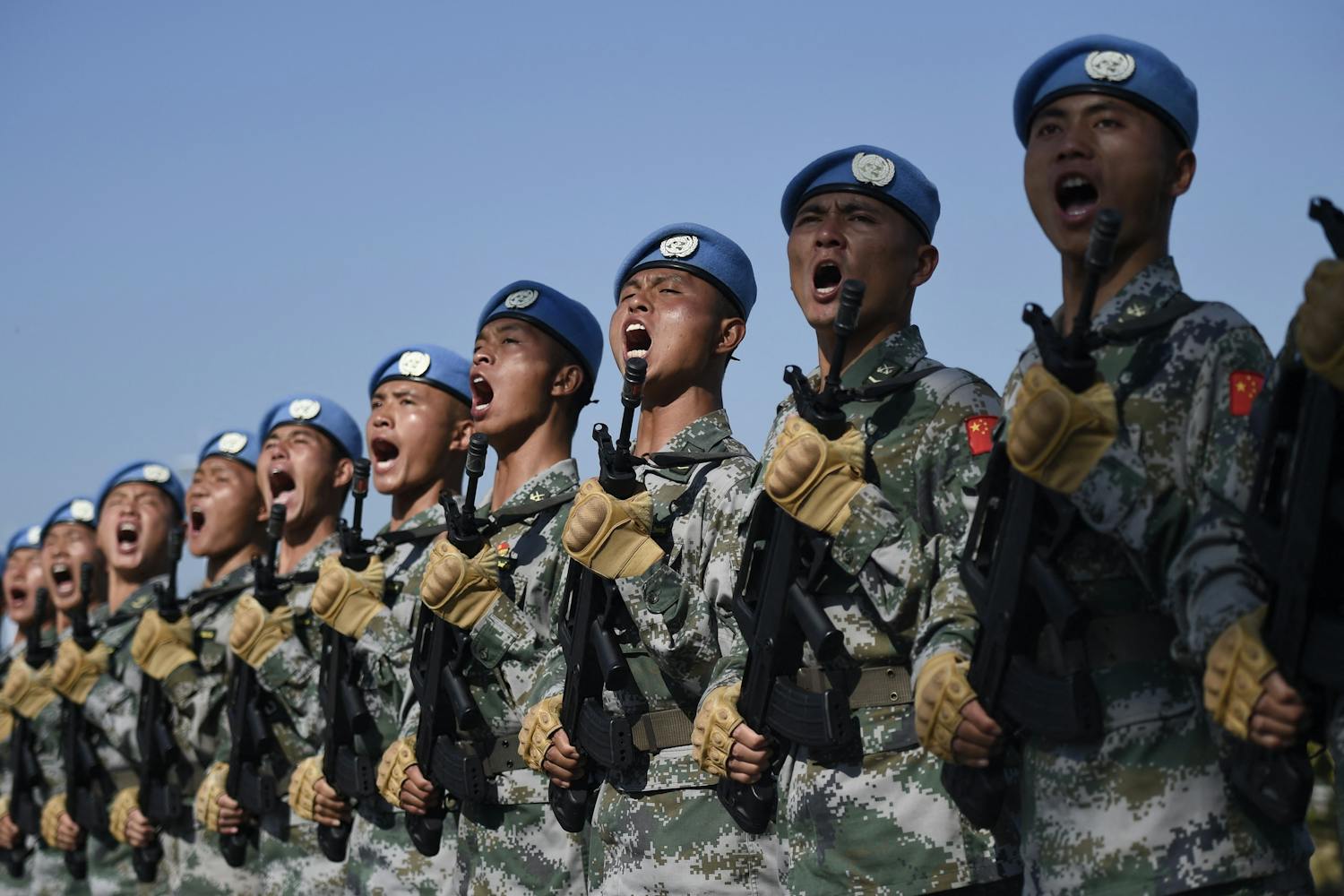The possibility of a war between China and America is very high. That’s what strategic analyst Paul van Hooft of The Hague Center for Strategic Studies HCSS says on the BNR podcast De Strategie. Friso Dubbelbauer, a political scientist at the Leiden Asia Center, sees tensions rising. “It’s very serious.”
Dübbelboer fears not so much a Chinese invasion of Taiwan, but a ‘miss’ like the 2001 collision between a US and Chinese fighter jet in the South China Sea. According to him, what makes the situation different is that after 22 years, China is in the game differently and has become more powerful militarily. And more interests are at stake. “The situation is more tense now than it was then, and that’s a concern for me.”
Also Read | ‘China and US on edge’
According to van Hooft, the military tension between the two superpowers has been building for 20 to 25 years. “The US and China have been preparing for war with each other for decades, and now at an increasing rate.” For example, China is developing some long-range missiles to destroy U.S. aircraft carriers and thereby attack U.S. airports and ports while the U.S. is also in an arms race.
Biden goes beyond Trump’s blatant economic warfare
“I think the possibility of a war between the US and China is very high,” says Van Hooft. He points out how militarized US foreign policy has become and how little diplomatic and economic action the Biden administration is taking to reassure states in the region. At the same time, Biden is going beyond Trump’s “blatant economic warfare” by halting high-tech economic growth in China. ‘We cannot find any starting points for diplomacy there now.’
The majority of countries in the region are members of ASEAN, the Association of Southeast Asian Nations, but that does not mean it is a homogenous group. Conversely, one area is close to China and another is further away, with or without sea level. It explains the different geopolitical positions of those countries and their different approach to China.
Thin cord
Dübbelboer points to China’s economic entanglement with some ASEAN countries, while rubbing shoulders with the United States as it clashes with China over the South China Sea. For example, Laos and Cambodia are close to, highly dependent on, and politically close to Beijing. On the other hand, a country like Indonesia is large, far away from China and has a large degree of freedom, similar to Singapore and Malaysia.
Also Read | The European Union is strengthening ties with Asian countries
But countries with maritime interests around the sea claimed by China are in a different position. ‘They like that they can rub shoulders with America and that it’s a race Balancer Can be pulled in. But the dangerous situation is that at the same time it increases the possibility of conflict, and it is a thin line on which ASEAN countries are balancing,’ says Dubbelbauer.
‘China was not where it is now in 2001. At the top of the monkey rock’
Van Hooft admits finding that balance is difficult. For example, China can continue its expansion in the South China Sea unhindered if countries do not stand by and the United States does not intervene. However, if they choose sides, China may feel under siege, and the situation will only get worse if it doesn’t act quickly.
The great power is autism
“It’s hard to find a good way out of this.” According to van Hooft, Chinese diplomacy failed miserably because it quickly became a superpower. The instability of the region is illustrated by the position of the Philippines, which has clearly taken sides and is no longer walking a tightrope.
According to Dubbelboer, the country holds a special place. Under President Marcos Jr., who took office last year, the country has reversed and ended former President Duterte’s pro-China foreign policy. Duterte deeply loathes the United States and has turned to China in hopes of generating investment and goodwill. That ultimately ended in failure.’
Also Read | China is not waiting for a Japanese NATO base
Dubbelboer, however, wonders how much Philippine policy has returned to the United States and how that is happening. equilibrium position Abandoned – Americans are even allowed to open military bases in the Philippines again. He sees impermanence in it. Van Hooft says Japan is also becoming increasingly militarized, and even South Korea is moving toward the United States under its new president, but is also seeking contact with Europe.
“So you see all the states in the region trying to choose positions that are not too confrontational for China, but at the same time are a kind of insurance premium to keep their position secure.”
Listen to the full episode of Podcast De Strateeg here

“Passionate analyst. Thinker. Devoted twitter evangelist. Wannabe music specialist.”






More Stories
Olympic Games 2024: Gold, silver and bronze medals for USA
PSV transfer news: Van den Berg joins Liverpool in America
ABN AMRO: If Trump wins, the US economy could end up in recession